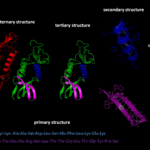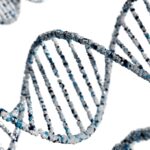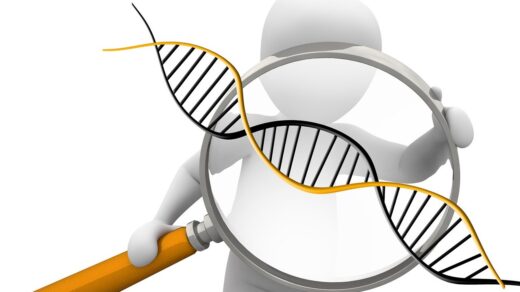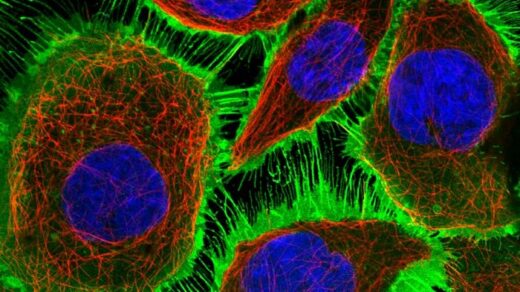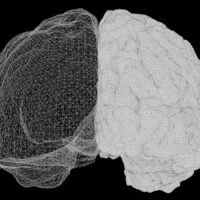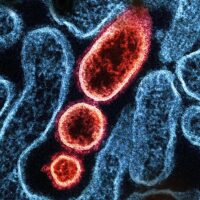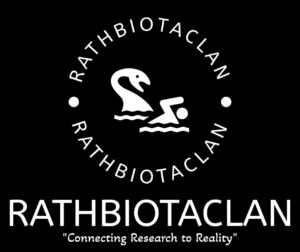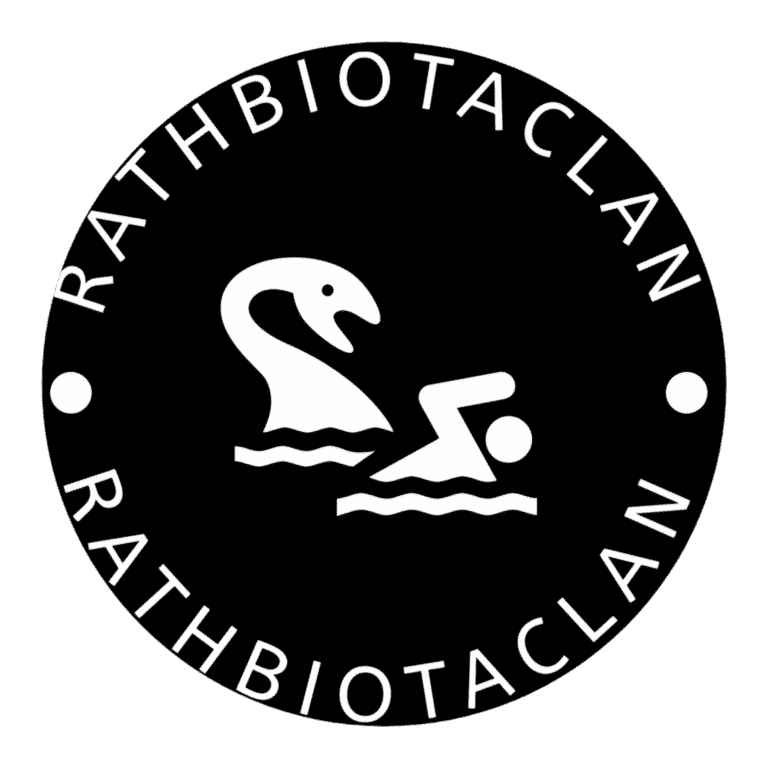From CRISPR to Pervasive Transcription
CRISPR and Noncoding RNAs: Evolutionary Defenses
Noncoding RNAs, small interfering RNAs (siRNAs), and Piwi-interacting RNAs (piRNAs) are crucial molecules that defend cells against harmful genomic elements such as viruses and transposons. These RNAs evolve through various mechanisms, reflecting how cells adapt defense strategies.
siRNAs: Viral Defense via RISC Complex
siRNAs originate from double-stranded RNA (dsRNA), a hallmark of viral infections. Within the cell:
- The Dicer enzyme processes dsRNA into siRNAs.
- These siRNAs integrate into the RISC complex, guiding the degradation of complementary mRNA.
- This prevents viruses from replicating.
piRNAs: Protecting Genome Integrity from Within
In contrast to siRNAs:
- piRNAs derive from long genomic precursors known as piRNA clusters.
- These clusters are encoded in the host genome, not foreign RNA.
- Transcription of these clusters produces long precursor RNAs, which are processed into mature piRNAs.
- piRNAs silence transposons and maintain genome stability.
CRISPR-Cas9: Adaptive Immunity Turned Genetic Tool
CRISPR systems, originally evolved in bacteria:
- Consist of short DNA sequences from past viral infections, interspersed with repeat sequences.
- These loci are transcribed into long RNAs, processed into crRNAs.
- crRNAs guide Cas9 to cleave matching DNA sequences.
This bacterial defense was adapted into the powerful CRISPR-Cas9 gene editing system, which:
- Uses a guide RNA and Cas9 to create precise DNA breaks.
- Allows insertion, deletion, or modification of specific genes.
- Has revolutionized genetic research and biotechnology.
The Expanding Transcriptome: Beyond Protein-Coding Genes
What Is the Transcriptome?
The transcriptome is the full set of RNA molecules expressed from an organism’s genome—including both coding and noncoding RNAs.
Pervasive Transcription: What the Genome Really Expresses
Recent research shows that:
- A large portion of mammalian DNA is transcribed into RNA, even in regions once considered “junk.”
- This includes transposable elements and intergenic regions (between genes).
Background Noise or Functional Regulation?
Is It Just Transcriptional Noise?
Some scientists argue:
- Much of this pervasive transcription is biological noise.
- Experiments in mice with large noncoding regions deleted showed no adverse effects.
- This implies some noncoding RNAs may not be essential for development or viability.
Evidence for Functional Roles
However, other researchers point to:
- Tissue- and stage-specific expression of many noncoding RNAs.
- Reproducibility of expression patterns.
- These suggest regulatory roles, such as:
- Controlling gene expression
- Modifying chromatin structure
- Mediating environmental responses
Long Noncoding RNAs (lncRNAs)
What Are lncRNAs?
- Long noncoding RNAs are over 200 nucleotides in length.
- They act as key regulators of gene expression.
Examples of Functional lncRNAs
XIST
- Responsible for X-chromosome inactivation.
HOTAIR
- Influences chromatin remodeling and gene silencing.
AIRE
- Regulates tissue-specific antigen expression.
The discovery of thousands of conserved lncRNAs highlights their potential importance, though many of their functions remain unknown.
Implications and Future Directions
The study of noncoding RNAs—from bacterial CRISPR systems to the mammalian transcriptome—reveals a vast and complex regulatory network.
What’s Next in RNA Research?
- Understanding the full roles of siRNAs, piRNAs, and lncRNAs.
- Exploring mechanisms of disease involving noncoding RNAs.
- Developing therapeutic applications using RNA-based strategies.
This field is rapidly growing, promising new insights into gene regulation, disease treatment, and genetic engineering.



